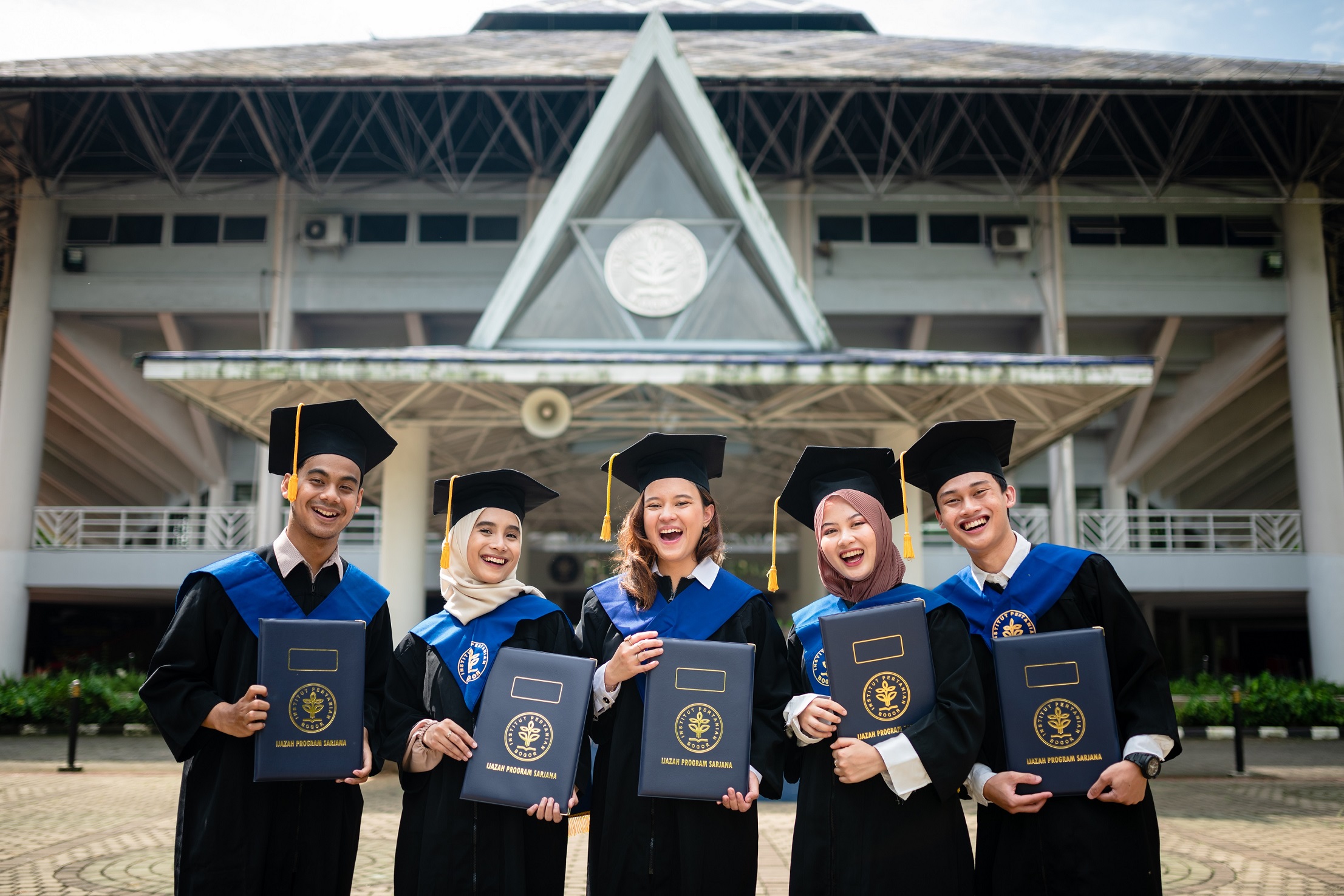Prof Sri Pujiyati Revealed Acoustic Technology for Marine Biodiversity Exploration

Prof Sri Pujiyati, IPB University Marine Technology Expert explained the use of acoustic technology for marine biodiversity exploration. In the Pre-Scientific Oration Press Conference of IPB University Professors (14/12), Prof Sri said that acoustic technology was able to cover a large area in a relatively short time.
Apart from that, other benefits of acoustic technology are that it is cheaper and less dangerous. This technology is also able to provide real time information and of course has a high level of trust.
“Active acoustic technology uses the active emission and transmission of sound waves to detect targets from the surface to the bottom of the water,” said Prof Sri during a press conference via Zoom Meeting.
This IPB University Professor, Department of Marine Science and Technology (ITK), Faculty of Fisheries and Marine Sciences (FPIK) explained that active acoustic instruments can obtain information about small targets such as plankton, nekton, pelagic fish, demersal fish, and can be used for basic marine exploration.
“Apart from active acoustics, there are also passive acoustic instruments that can be used to obtain sound characteristics of the environment and underwater biota. “The use of passive acoustics with a sound recording device as the main element,” she added.
Research using acoustic technology carried out by Prof Sri in the waters of Ambon Bay and Yos Sudarso Bay was able to depict increasingly large plankton hordes. Acoustic technology also provides demersal fish signals from research results in the Java, Belitung and Nunukan Seas.
“The results show that demersal fish in shallow water are larger than in deep water. “This is inversely proportional to the backscatter value of a single fish,” she explained.
Apart from that, Prof Sri also reviewed bioacoustic technology, namely recording sound from the environment and from biota such as mammals and fish using passive acoustic instruments.
The results of this research illustrate that the sounds of dolphins, eels and tilapia have different sound frequency ranges. Even eels with the yellow phase and eels with the elver phase also have different sound frequency ranges.
Prof Sri said that progress in the use of acoustic instruments in all maritime and fisheries sectors in Indonesia is increasing and their applications are becoming wider. According to him, this needs to continue to be encouraged by developing hardware along with developments in electronics and software as well as advances in artificial intelligence algorithms.
“Apart from that, it is necessary to collaborate with every related agency for research using underwater acoustics in order to accelerate the realization of the development of the Indonesian Maritime Continent (BMI),” she said. (dh/Rz) (IAAS/YMK)



